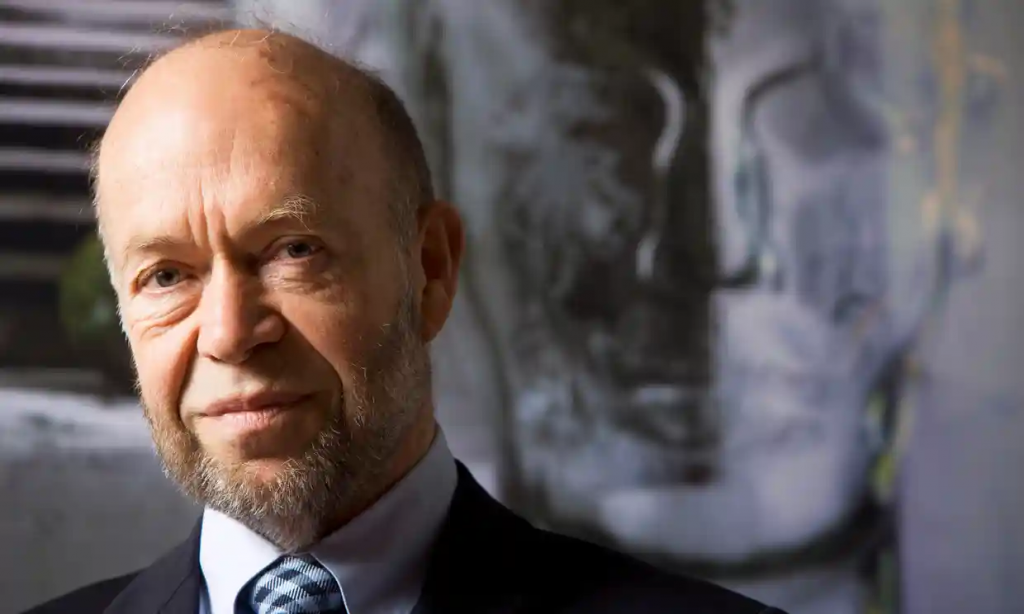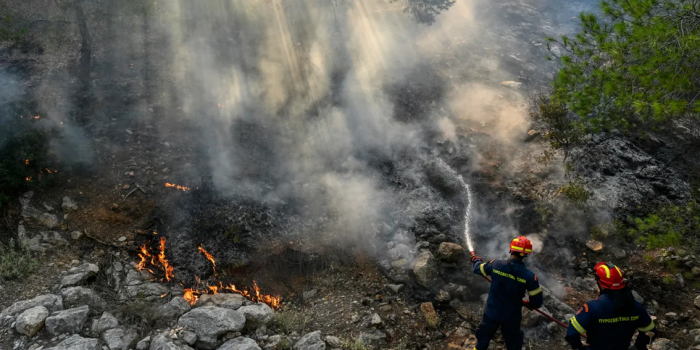As our planet hurtles towards a blazing and uncharted climate, a warning from James Hansen, the scientist who first sounded the alarm on the greenhouse effect in the 1980s, sends shivers down our spines.
The Earth has been warming at an alarming rate, surging by approximately 1.2°C since mass industrialization. This has dramatically increased the likelihood of extreme summer temperatures, making the once slim possibility of such events now 20 times more probable in many parts of the northern hemisphere compared to half a century ago. As temperatures soar, the world’s greatest climate mind, James Hansen laments the sluggish response to the crisis, leading him to declare, “We have to taste it to believe it,” as he stands amidst the record-breaking heatwaves sweeping the globe.

A scorching summer has unraveled before us, marking June as the hottest ever reliably measured, and with the potential to crown this year as the hottest globally. However, the road ahead holds even more alarming prospects as temperatures continue to rise. Hansen warns that we are headed towards an unprecedented reality, with extreme weather events serving as mere previews of what awaits future generations.
In a new research paper awaiting peer review, Hansen contends that global heating is accelerating, even when accounting for natural variations like the El Niño effect. This acceleration is driven by an “unprecedented” energy imbalance, with more energy entering our planet from the sun than being reflected away. Although some scientists question the rate of acceleration, there is consensus that global temperatures are undeniably on the rise due to the burning of fossil fuels.

Reconstructions based on ancient evidence, such as ice cores, tree rings, and sediment deposits, reveal that current warming has pushed global temperatures to heights not experienced for about 125,000 years, predating the last ice age. Suppose we continue on our current trajectory, with a predicted further increase of 1°C or more by the end of the century. In that case, we will find ourselves in a climate not seen for 1-3 million years, a period known as the Pliocene. This radical shift would bring unfathomable consequences, including rising sea levels that could submerge coastal cities.
This unprecedented pace of temperature increase sets the current climate shift apart from past occurrences caused by greenhouse gases or changes in Earth’s orbit. With heatwaves scorching the unprepared, forests ablaze, and marine life struggling to survive, the urgency of our situation cannot be overstated. Scientists admit to potentially underestimating the consequences, leaving humanity to grapple with this painful realization.
However, we cannot afford to give in to despair amidst the challenges. Instead, we must invest in innovation and change, refusing to abandon billions of lives. The dire state of our climate calls for a united effort, paving the way for a sustainable and resilient future.
As we stare at the precipice of a new climate era, let us heed the warnings, take bold action, and shape a world that thrives despite adversity.


